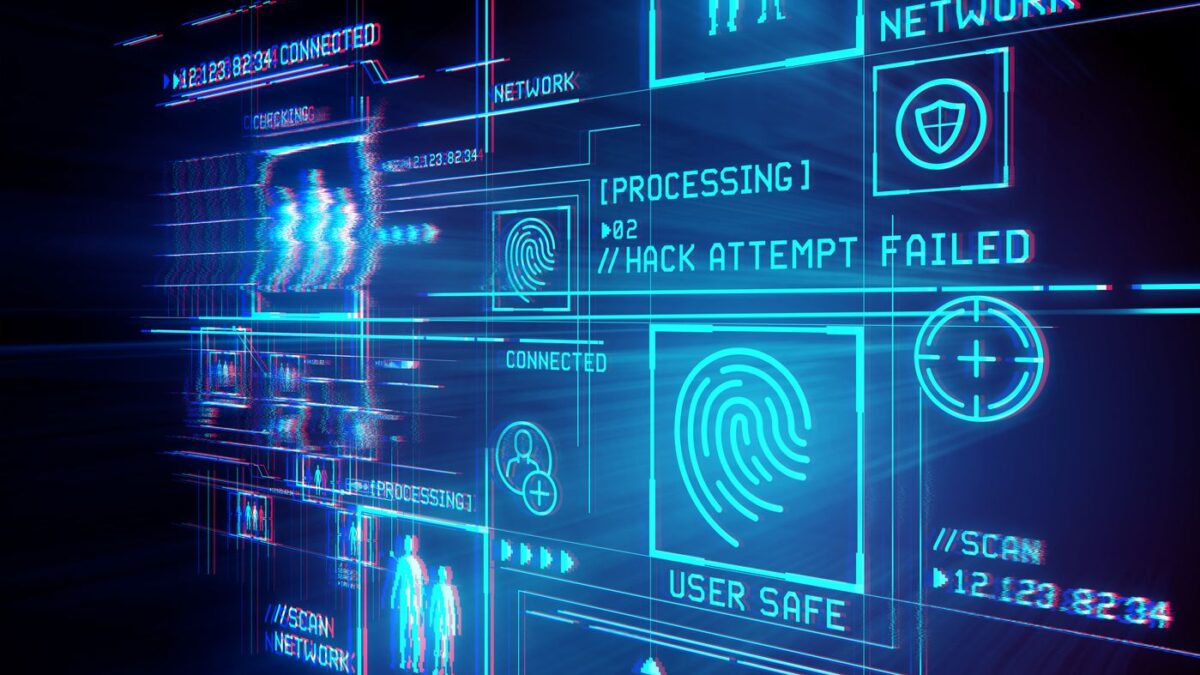Introduction
In today’s rapidly evolving digital landscape, the importance of robust cybersecurity cannot be overstated. With increasing sophistication in cyber threats, advanced tools like ChatGPT have emerged as pivotal in threat detection. This article explores how ChatGPT strengthens cybersecurity measures and enhances threat detection. Expect insights into its working mechanism, benefits, and future potential in safeguarding digital assets. So, how does ChatGPT revolutionize cybersecurity, and what can it offer your organization? Let’s dive deeper.
Understanding ChatGPT and Its Role in Cybersecurity
ChatGPT, powered by OpenAI, is an AI model designed to understand and generate human-like text. In cybersecurity, ChatGPT’s capabilities are leveraged to analyze patterns, understand contexts, and predict potential threats swiftly. How exactly does this model contribute to enhanced cybersecurity?
How ChatGPT Works in Threat Detection
Before delving into its applications, it’s vital to understand how ChatGPT operates in threat detection:
- Pattern Recognition: ChatGPT’s machine learning algorithms are adept at identifying anomalies in data patterns which could suggest potential security threats.
- Contextual Analysis: It goes beyond simple keyword spotting, understanding the context of communications and transactions to detect subtle signs of phishing or fraud.
- Real-time Monitoring: ChatGPT’s real-time processing capabilities ensure that potential threats are flagged and addressed as they arise.
Read Also: Enterprise-Level Cybersecurity: ChatGPT Aids in Threat Detection
Benefits of Using ChatGPT in Cybersecurity
HarnessingChatGPT for cybersecurity presents numerous benefits that can fortify digital defenses:
- Enhanced Threat Detection: As cyber threats evolve, traditional security measures may fail to keep up. ChatGPT’s ability to process vast amounts of data in real time means it can detect threats that might otherwise go unnoticed. This proactive threat detection ensures cybersecurity teams are always a step ahead.
- Automated Response Systems: Imagine a system that not only detects threats but also initiates automated responses to neutralize them. ChatGPT can be integrated with security operations centers to perform such tasks, thereby reducing response time and mitigating potential damage.
- Reduction in False Positives: Traditional systems often struggle with high rates of false positives, which can drain resources. ChatGPT uses advanced algorithms to minimize false alarms, allowing security teams to focus on genuine threats.
- Boosting Incident Response Efficiency: In times of a cybersecurity breach, speed is of the essence. ChatGPT can assist in identifying the source and nature of the threat faster than manual methods, thus enhancing the efficiency of incident response teams.
Challenges and Considerations
While the advantages are substantial, implementing ChatGPT in cybersecurity also presents challenges:
- Costs and Resources: Deploying ChatGPT requires considerable financial and technical resources, something not all organizations might afford. How feasible is it for smaller companies to integrate such sophisticated AI models?
- Privacy Concerns: AI models require data to function effectively, leading to concerns about data privacy. Organizations must ensure compliance with regulations to protect user privacy while leveraging AI tools.
Future of Cybersecurity with ChatGPT
What does the future hold for ChatGPT in cybersecurity? As AI technologies evolve, ChatGPT is likely to become more intuitive and accurate. Its continuous learning abilities mean it will adapt to new threat landscapes, making it an indispensable tool in the arsenal of cybersecurity professionals.
Conclusion
ChatGPT is revolutionizing how organizations approach cybersecurity threats. From enhanced threat detection to reducing response times, the benefits are clear. By integrating AI into cybersecurity protocols, companies can better safeguard their systems against the ever-present threat of cybercrime. Are you ready to embrace the future of cybersecurity with ChatGPT? Engage with us in the comments below or share this article to spread awareness about this groundbreaking advancement. Let’s secure the digital world together!
In conclusion, the integration of ChatGPT in threat detection is not just a futuristic idea; it’s a pragmatic approach to enhancing cybersecurity today. As these technologies continue to develop, staying informed and adaptable will be key to leveraging their full potential.





